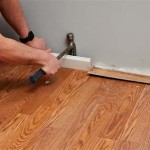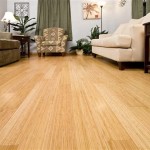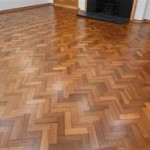Essential Aspects of Wood Flooring for Stairs and Landing
Wood flooring is a timeless and sophisticated choice that can elevate the aesthetic of any home. When it comes to stairs and landings, wood flooring offers numerous advantages, including durability, versatility, and warmth. However, selecting and installing wood flooring for stairs requires careful consideration of specific aspects to ensure a long-lasting and visually appealing result.
1. Species Selection
Choosing the right wood species is crucial for durability and aesthetics. Hardwoods like oak, maple, and cherry are ideal for stairs as they are highly resistant to wear and tear. Exotic woods like Brazilian walnut or ipe offer even greater durability and a unique appearance, but can be more expensive.
2. Stair Nosing
Stair nosing is the exposed edge of the flooring at the front of each step. It provides a safe and comfortable transition between steps and is subject to significant wear. Stair nosing can be rounded, square, or bullnose, and should be chosen to complement the flooring style and provide a secure grip.
3. Installation Method
Wood flooring for stairs can be installed using two main methods: floating installation and direct glue down. Floating installation involves connecting the planks without nails or glue, while direct glue down involves adhering the planks directly to the subfloor. Both methods have their own advantages and drawbacks, and the choice should be made based on the specific requirements of the staircase.
4. Flooring Thickness
The thickness of the wood flooring is another important consideration. For stairs, a thicker flooring will provide greater durability and reduce the likelihood of warping or bowing. Solid wood flooring is the most durable, but engineered wood flooring can also be a suitable option, particularly for stairs with high traffic.
5. Finishes
The finish applied to the wood flooring can affect its durability and appearance. Polyurethane finishes provide excellent protection against wear and moisture, while oil-based finishes soak into the wood to create a rich, natural look. The choice of finish should be based on the desired aesthetic and the level of traffic the stairs will receive.
6. Safety Considerations
When installing wood flooring on stairs, safety should be a top priority. Anti-slip treads or runners can be added to increase traction and prevent falls, especially on slippery surfaces. Additionally, proper lighting is essential to ensure visibility on stairs.
7. Maintenance and Care
To maintain the beauty and durability of wood flooring on stairs, regular cleaning and maintenance are essential. Sweep or vacuum regularly to remove dirt and dust, and use a damp mop with a wood floor cleaner for deeper cleaning. Avoid using abrasive cleaners or excessive water, as these can damage the finish.
By considering these essential aspects, homeowners can choose and install wood flooring for stairs and landings that will enhance the beauty and functionality of their homes for years to come.

Hardwood Flooring On Stair Landing Laminate Stairs Remodel

Stairs With Combination Of Carpeting And Hardwood On Stair Landing Home Diy Carpet

Wood Flooring For Stairs Wooden Staircase Floors London

What Is Landing Tread Installation

Stairs Installation Installing Hardwood On Stair Landing Mryoucandoityourself
A Step In The Right Direction Mouery S Flooring

Stairs Flooring The Best Staircase Materials

Best Flooring For Stairs And Landing A Comprehensive Guide Wood Beyond Blog

Hardwood To Stair Transition Complete How Guide Easiklip Floors

Hallways Stairs Landings Flooring Inspiration From 123floor
Related Posts








